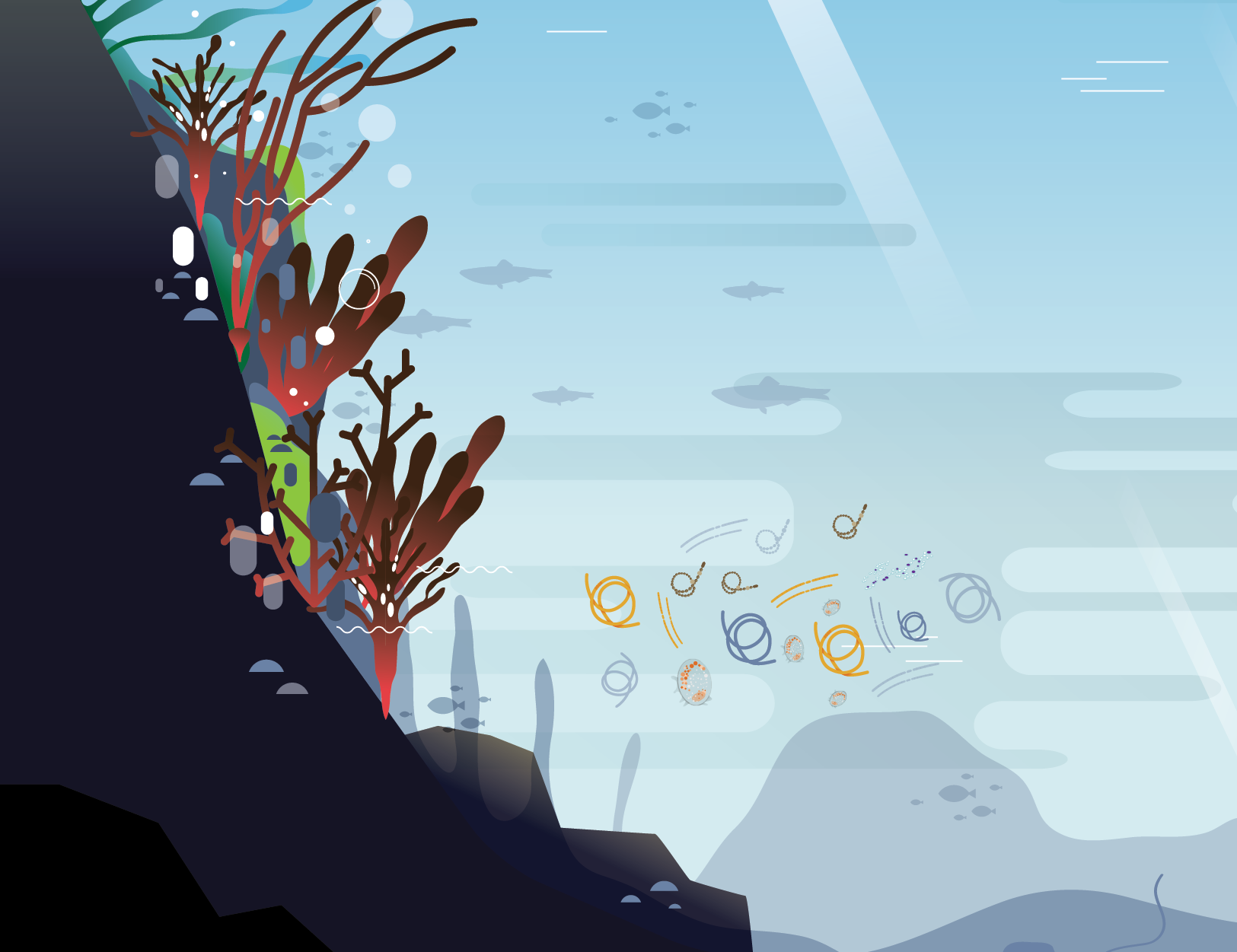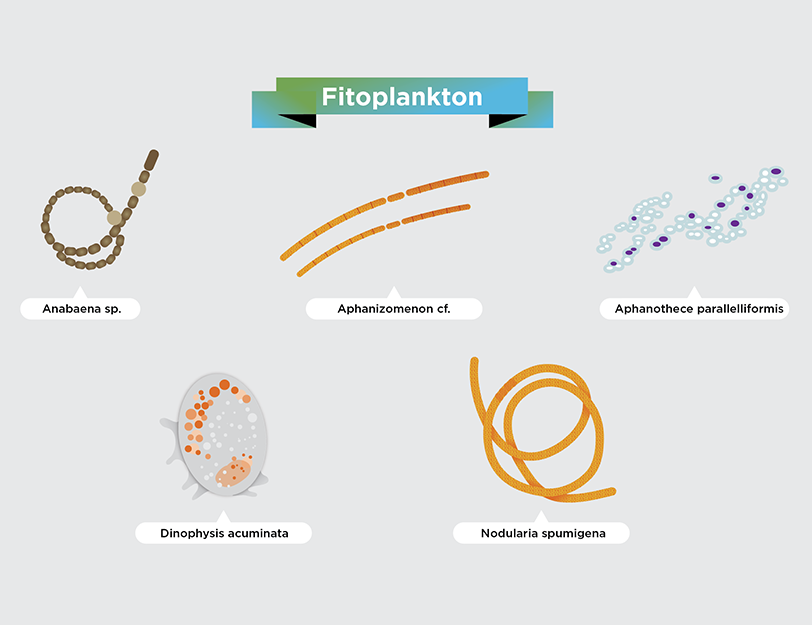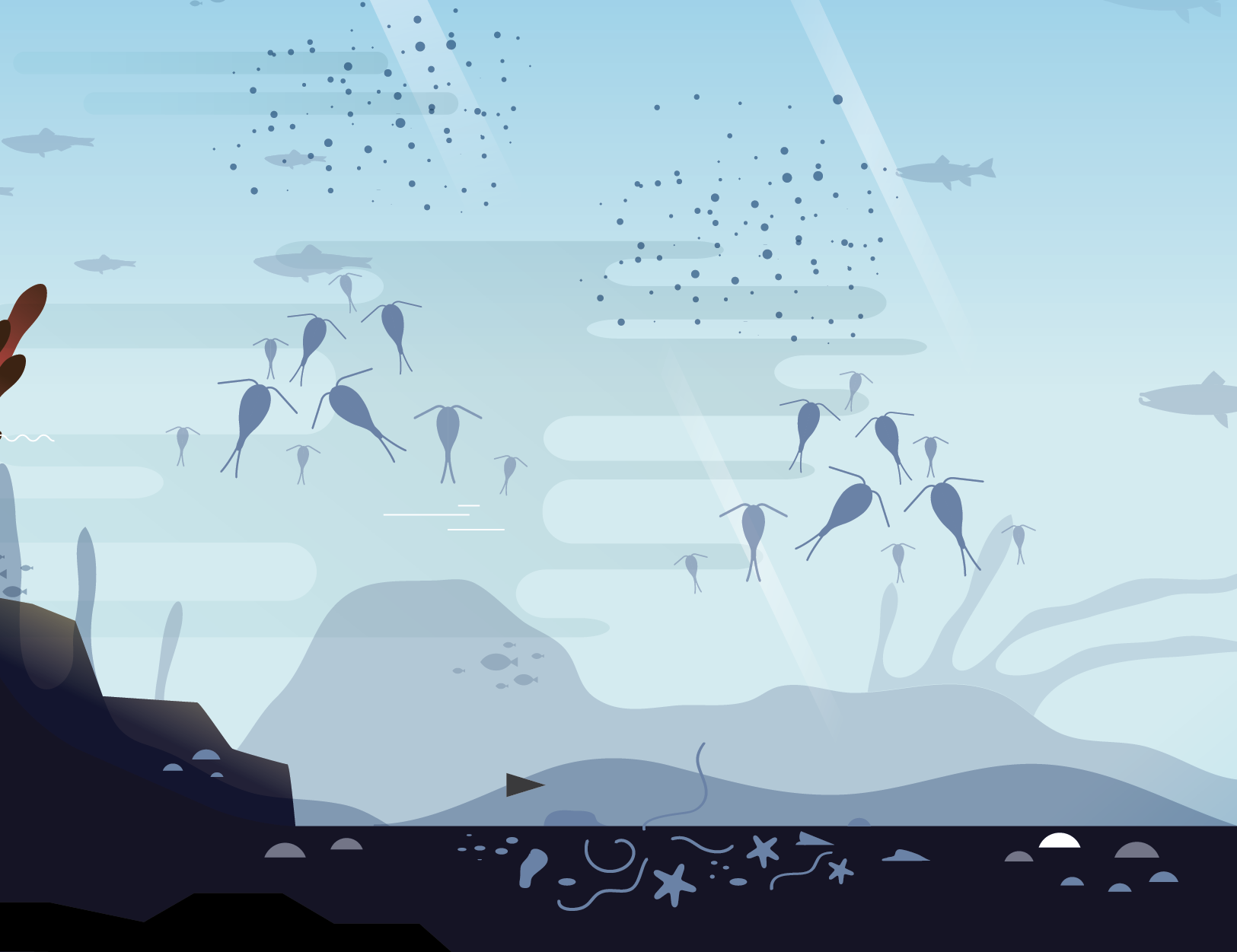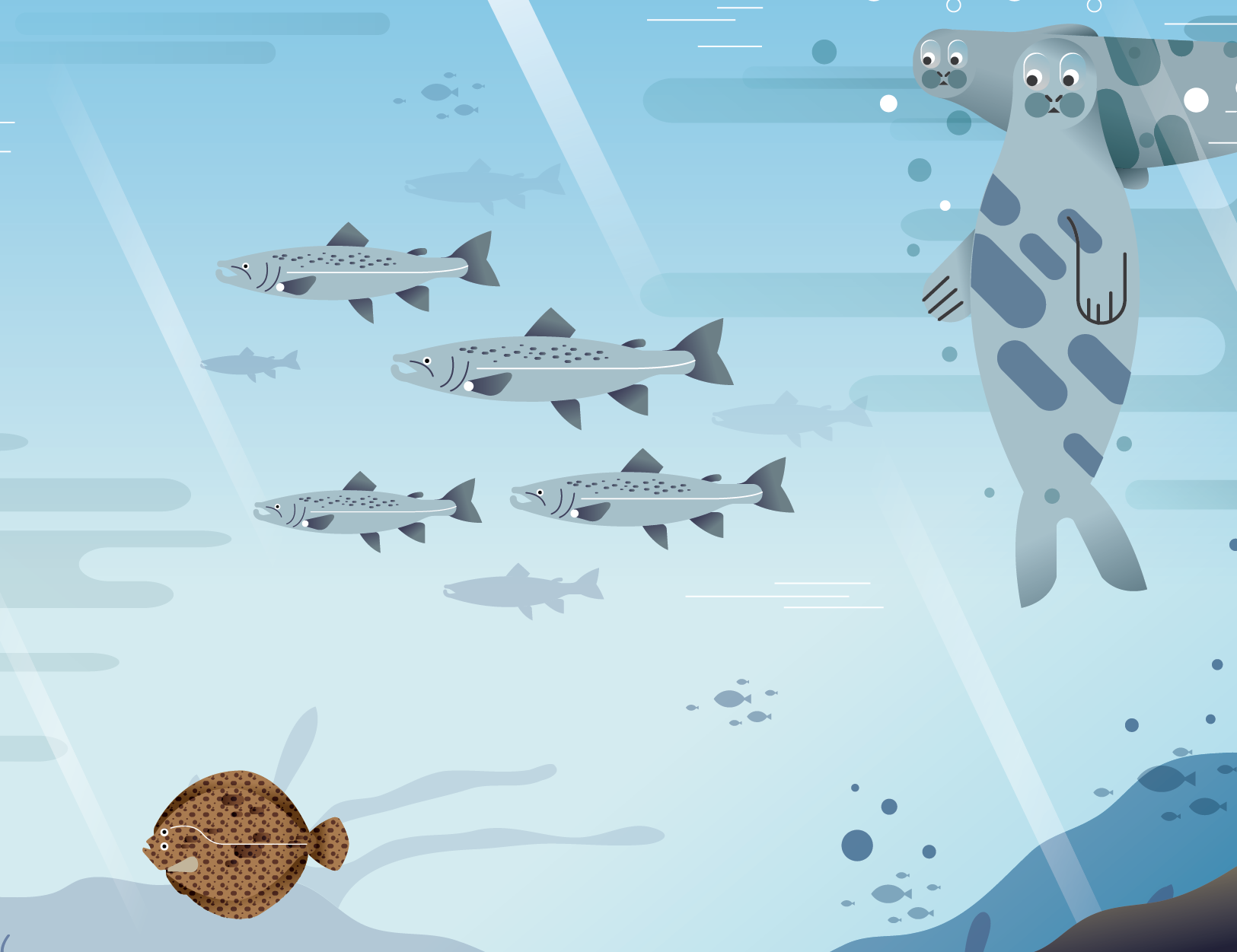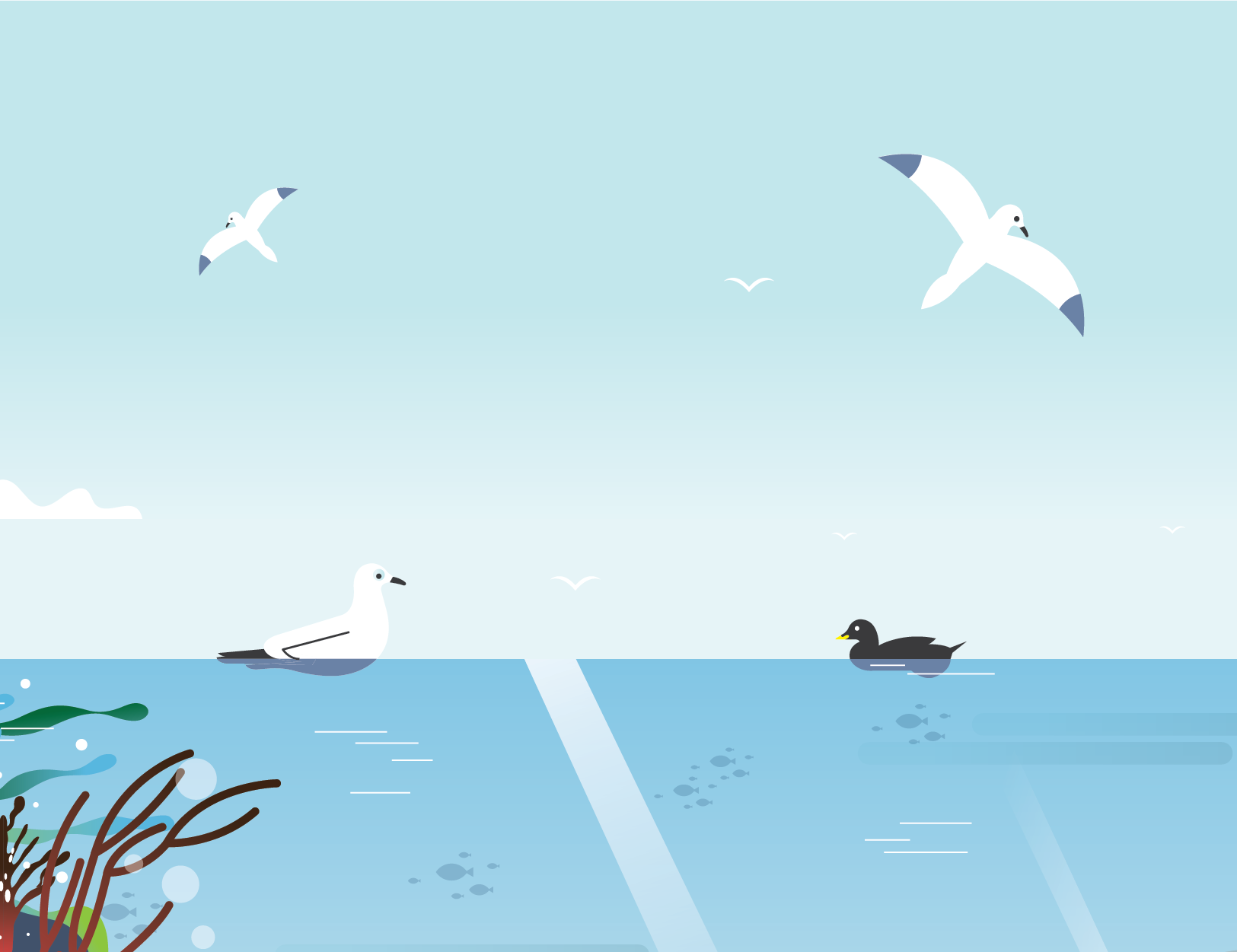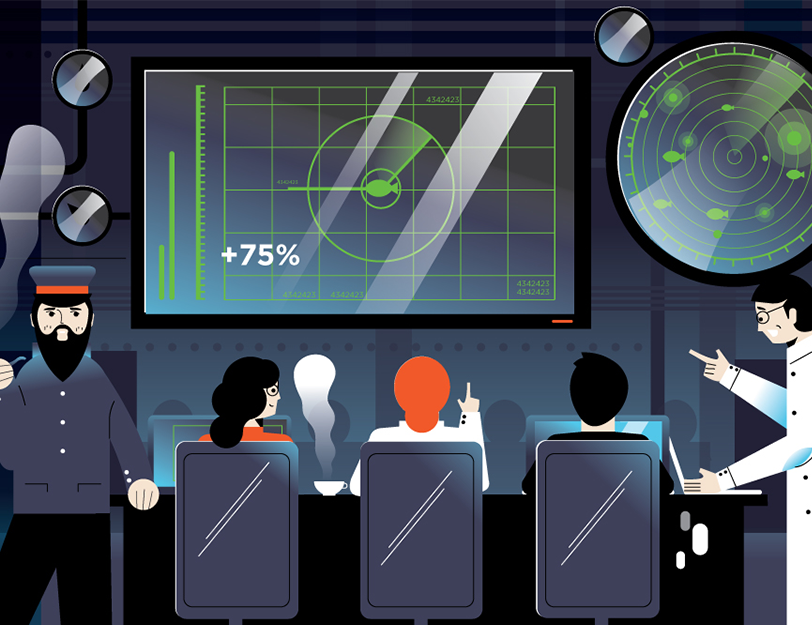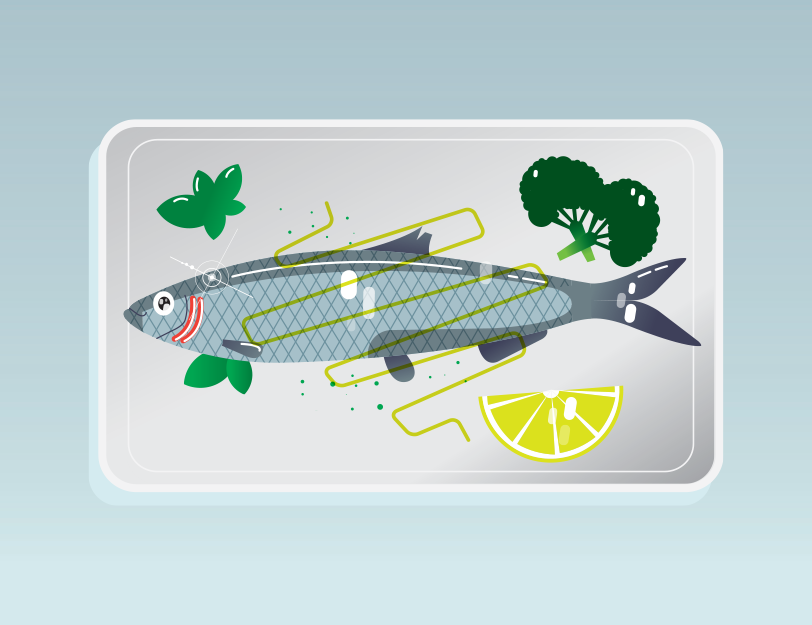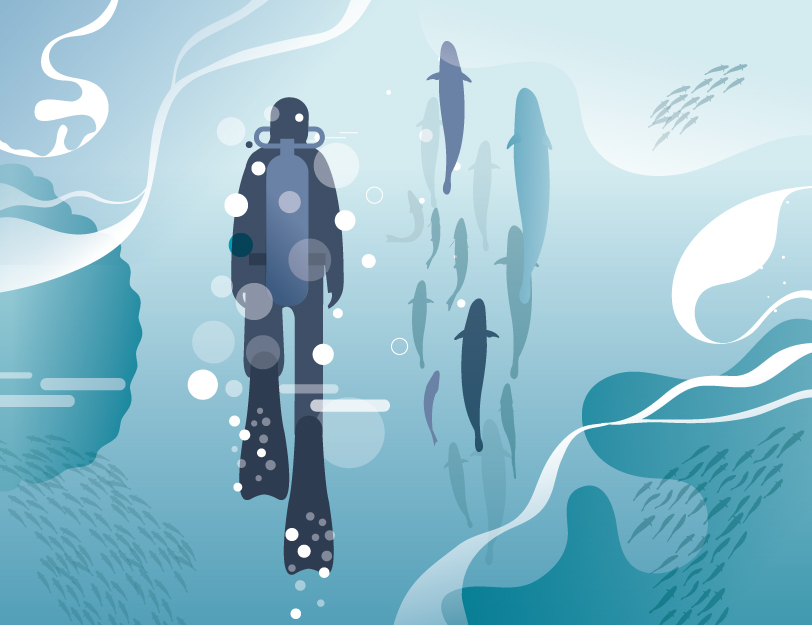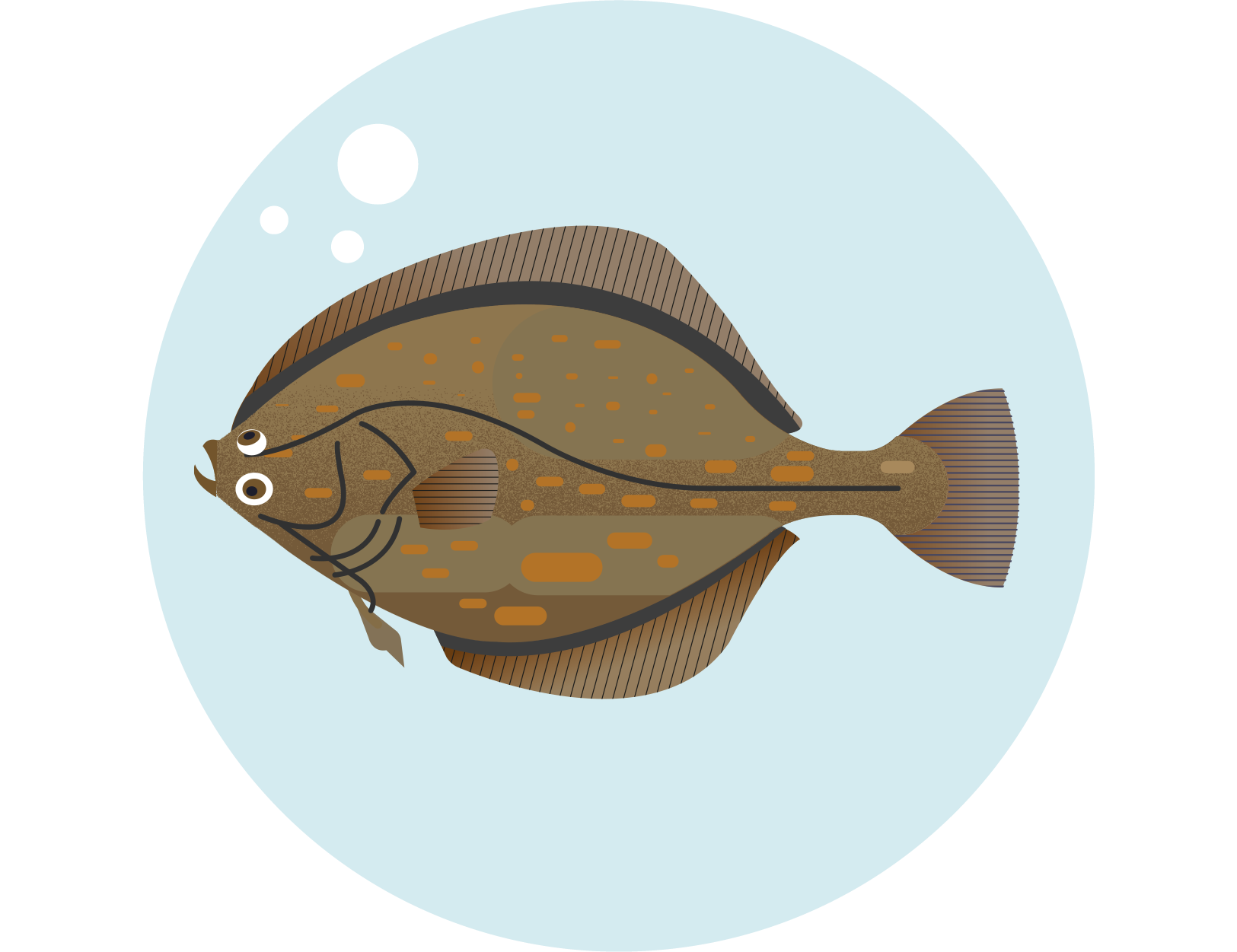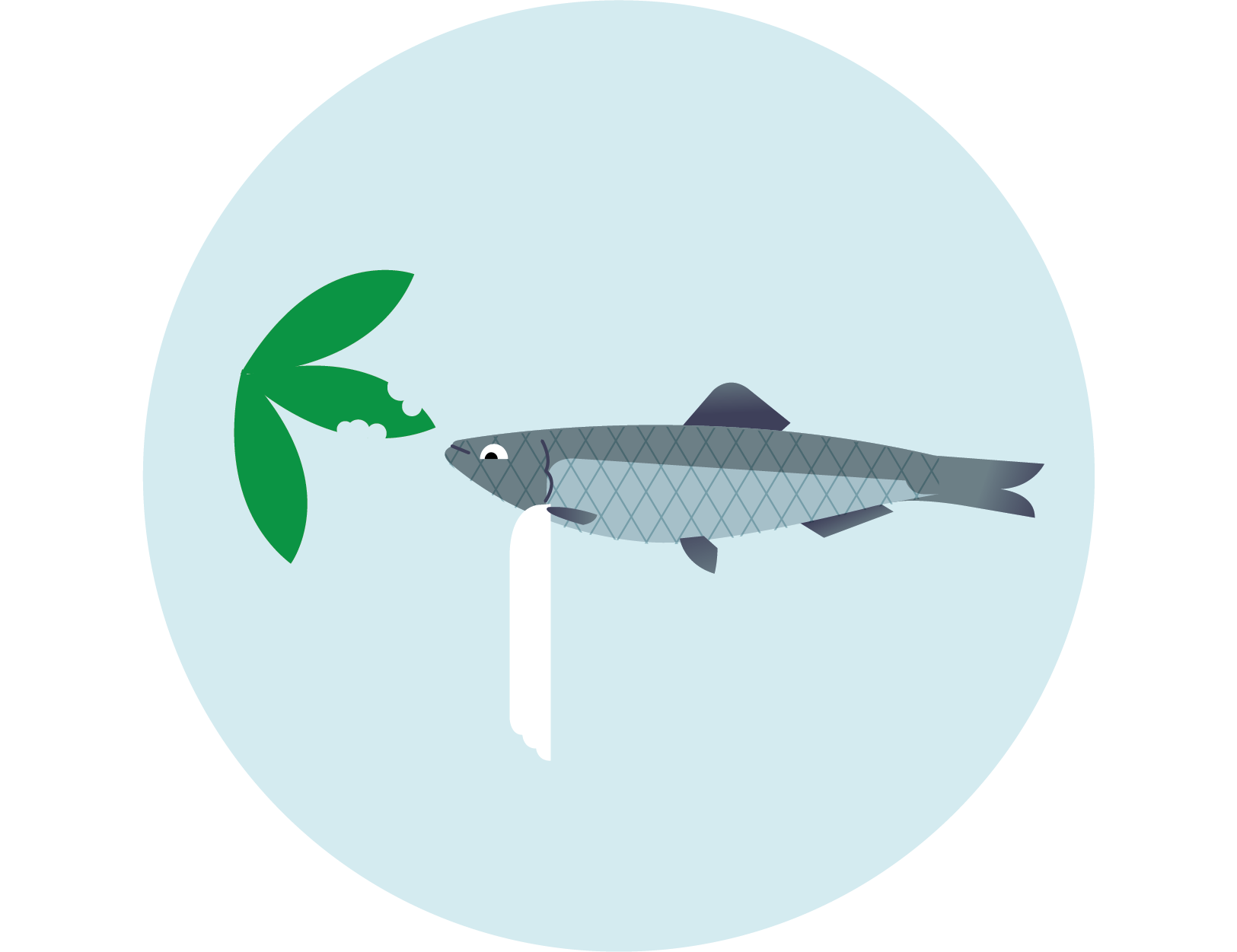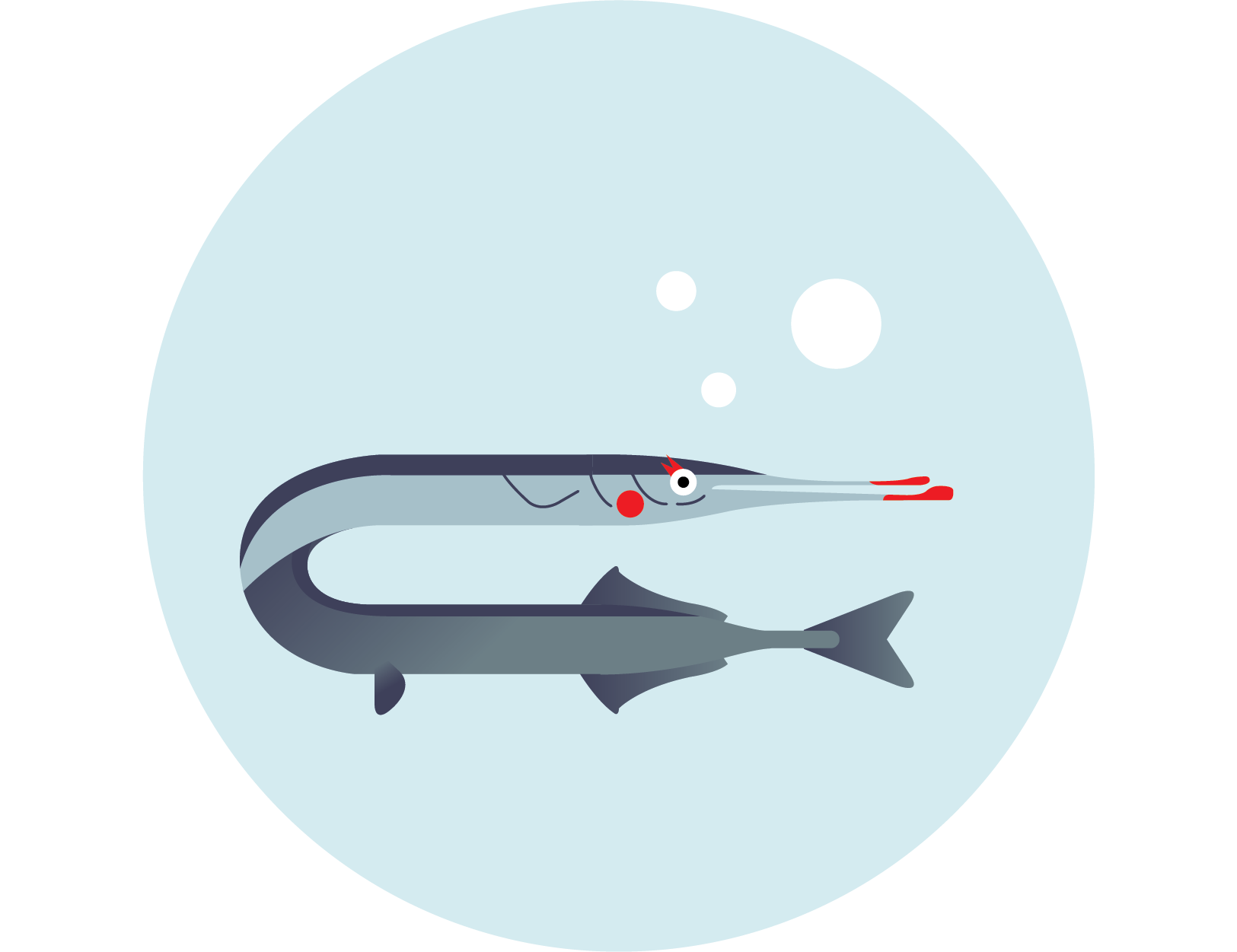Baltic fish and the food chain
Baltic fish are part of a complex food chain, at the end of which are humans. For the survival of each link in the chain, it is important to balance the entire ecosystem. Disturbance of this balance can have very negative consequences.
 English
English
 Polski
Polski
 Deutsch
Deutsch


